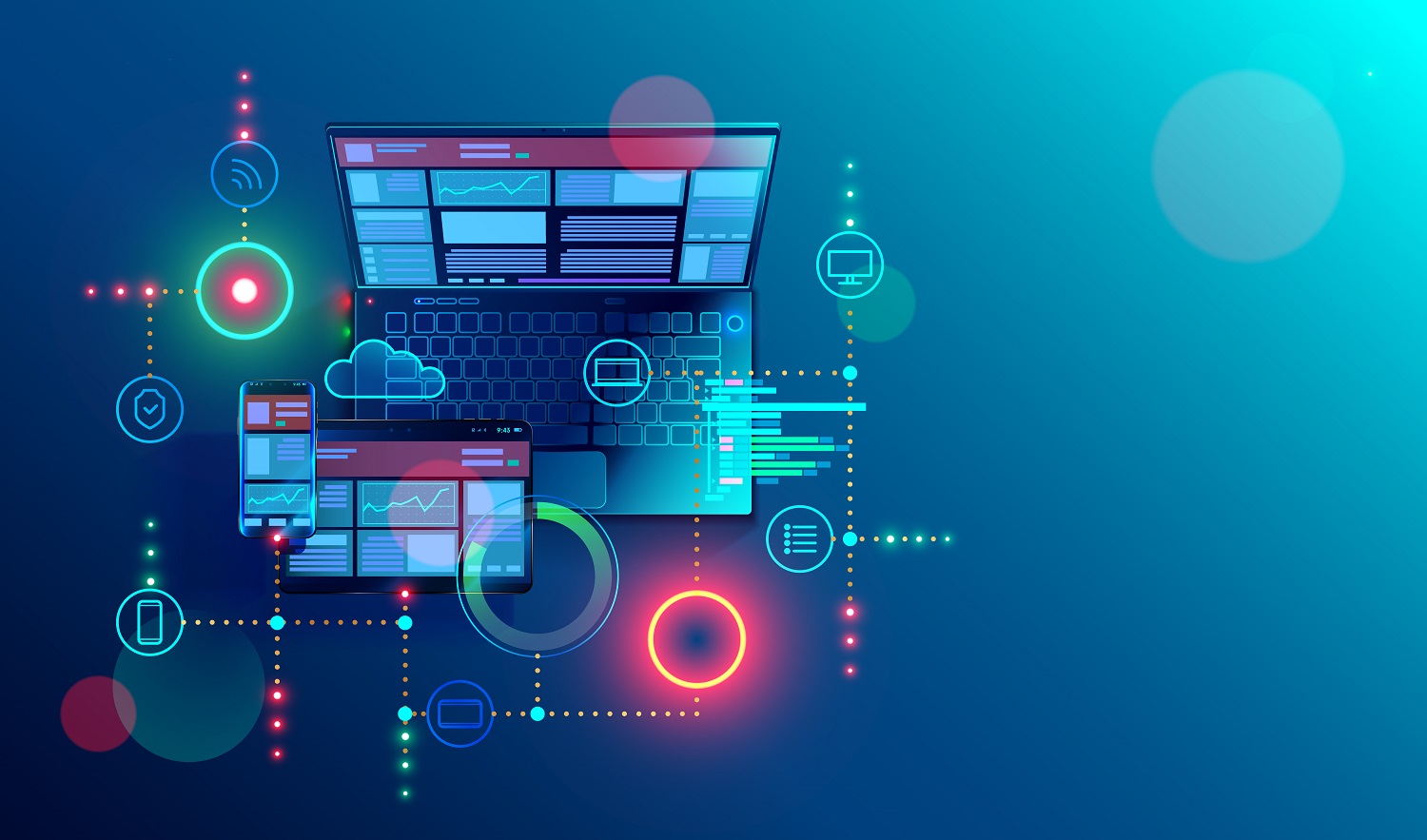Gunalan is in Strategy Marketing with CINNOX, a comprehensive communication platform that creates a delightful experience for teams and customers.

The future of work will bring about changes in how we collaborate and solve problems, with more remote work, distributed teams, an acceleration of digital sectors, and the continuing rollout of automation and artificial intelligence (AI).
A recent study by the World Economic Forum reveals about 84% of employers say they will rapidly digitize working processes, including a significant expansion of remote working. They anticipate that 44% of their workforce could operate remotely.
According to the report, 78% of business leaders expect some negative impact on worker productivity, indicating that some industries and companies struggle to adapt quickly enough to the shift to remote working caused by the COVID-19 pandemic.
Millennials, who comprise 30 percent of the population and will represent 75 percent of the global workforce by 2025, seek meaningful work, flexibility and autonomy in their jobs, and connection with mentors.
To support remote employment and the millennial workforce, organizations have undergone massive transformations. These steps have led to new ways of interacting with customers and employees, which can impact how your brand is perceived. As a result, it is important to consider the dynamic employee experiences being provided to your most important stakeholders.
Contents
What Is the Meaning of Employee Experience
Compensation is no longer the driving factor for employees. The employee experience (EX) is built on how people feel about their work, with a focus on job satisfaction, engagement, and loyalty. It’s important to understand the expectations of those who work remotely and provide them with opportunities for growth and development so they can maintain these positive feelings about their jobs.
To attract and retain talent, employers will have to reimagine every aspect of work, from recruitment and evaluations to collaboration and perks.
How to Create Better Employee Experiences for Remote Teams

Let’s observe these 3 efforts that constitute employee experience.
Culture
Culture is a powerful force that shapes how people feel about their jobs. Remote teams need to belong to an inclusive, positive culture, where everyone has the opportunity to contribute and be heard.
Companies can promote a positive culture is by creating an employee experience survey. This tool helps employers understand what’s working well and where they need to improve. It allows them to share their perspectives on the company culture and provides insights into how remote teams can better serve them.
Technology
Remote teams can benefit from technology that streamlines communication and helps people feel connected. To do this is by providing a comprehensive experience platform where digital and traditional channels are converged on a single platform.
This gives employees access to the tools they need, including video conferencing, messaging, and collaboration. It also helps teams move faster by connecting people with all of their communication channels in one place.
Autonomy
A remote team needs autonomy, which means employees are empowered to make decisions and take action without being micromanaged. This also means that managers need to trust their team members and provide them with enough freedom to accomplish tasks on their own.
Providing a clear company vision and mission statement will help employees understand what’s expected of them and how their work fits into the bigger picture. You can also empower team members by giving them access to resources that will help them succeed in their roles.
Employee Experience Is Shaping the ‘new possible’ in Business
Covid-19 has opened the door to a new model of workplace hierarchy that is more flexible and responsive, built on higher levels of connection. The traditional workplace hierarchy has been replaced by an approach in which organizations work together with their people to create personalized, authentic, and motivating experiences that strengthen individual, team, and company performance.
Employee experience is becoming more vital to the success of companies, and it’s a driver of innovation. The idea that people are at the heart of the business is no longer a throwaway line—it’s imperative for success. This shift has been driven by technology, which has created new ways for people to connect and collaborate across the globe.
The result is a new workforce that is far more diverse, mobile, and connected than ever before. It’s also a workforce that’s highly educated, digitally savvy, and extremely aware of how their employers treat them. Companies must adapt to these changes if they want to attract and retain top talent.
How Can Remote Teams Define Customer Experience

Remote teams may be at a disadvantage when it comes to creating customer experiences that are as rich and robust as those created by traditional teams. But that doesn’t mean they can’t do it – they just need the right tools in place.
Here are some ways that transform the way remote staff and customers interact.
API integration
An open API gives software developers programmatic access to proprietary software applications or web services by establishing ground rules on how one application should communicate and interact with another.
Organizations should have a communication platform that allows developers to integrate valuable customer and employee experience data with any app or service they are developing. This way, instead of reinventing the wheel by coding a total experience platform, developers may simply utilize their open API to access its features and functionalities.
For example, if the platform has built-in support for several popular social chat apps, including WhatsApp, Facebook Messenger, WeChat, and LINE. But what if you wanted to integrate inquiries from Telegram or an app that’s becoming popular in another region?
You can treat them as third-party messages by using the open API.
The right customer engagement
Telecom and digital experiences can be unified on a single platform, creating frictionless and contextual experiences. Businesses can adapt responses to social media channels, emails, SMS, video, and phone by effortlessly switching between them. For remote employees, the platform allows them to access all customer interactions in one place.
With smart tools like chatbots, routing capabilities to the right staff, and audio/voice-based solutions, the remote team can respond faster and more effectively than ever. Leveraging built-in analytics that monitors customer feedback and engagement, businesses can use the data to improve their services and better serve customers.
Less time communication through emails and phone
The new technology allows businesses to communicate with customers through different channels. With the help of tools like live chat, text-based messaging, and video conferencing, companies can reach more customers with less effort. The remote team is no longer limited to communicating through emails or phone—they can easily share ideas via text, voice, and video.
When you have an omnichannel strategy in place, you can continue the conversation on different channels while ensuring a consistent customer experience.
For example, use the “web link” feature to send customers to a page that starts a live chat session or a web call directly with the staff who previously served them, so they can continue their relationship with you while using other channels.
A new-age contact center
A single technology cannot provide a 360-degree view of customers. But it does not mean that your team must jump between multiple platforms to stitch together the customers’ profiles.
A true modern contact center provides a unified foundation to bring all customer experiences together on one platform.
To resolve a customer’s inquiry as quickly and efficiently as possible, businesses need to have all the pertinent data at their fingertips. They should be able to access a single, unified interface where customer information is stored so that the remote team can get their hands on all necessary information without having to jump between multiple systems.
Looking at Milestones
It is important to remember that digitization should be driven by human first, and technology will follow. To create a successful EX strategy, organizations should first define their goals and how EX supports business impact. They should avoid a cookie-cutter approach to employee journeys by developing appropriate personas and focusing on moments that matter.
Once they have a clear understanding of their goals and how EX will support them, organizations can develop an implementation plan that includes the appropriate technology and tools.
It is important to keep in mind that while technology can help with some aspects of EX, it is not a silver bullet. Organizations should avoid making decisions based solely on what’s available or affordable at any given moment.
Recommended Reading:
